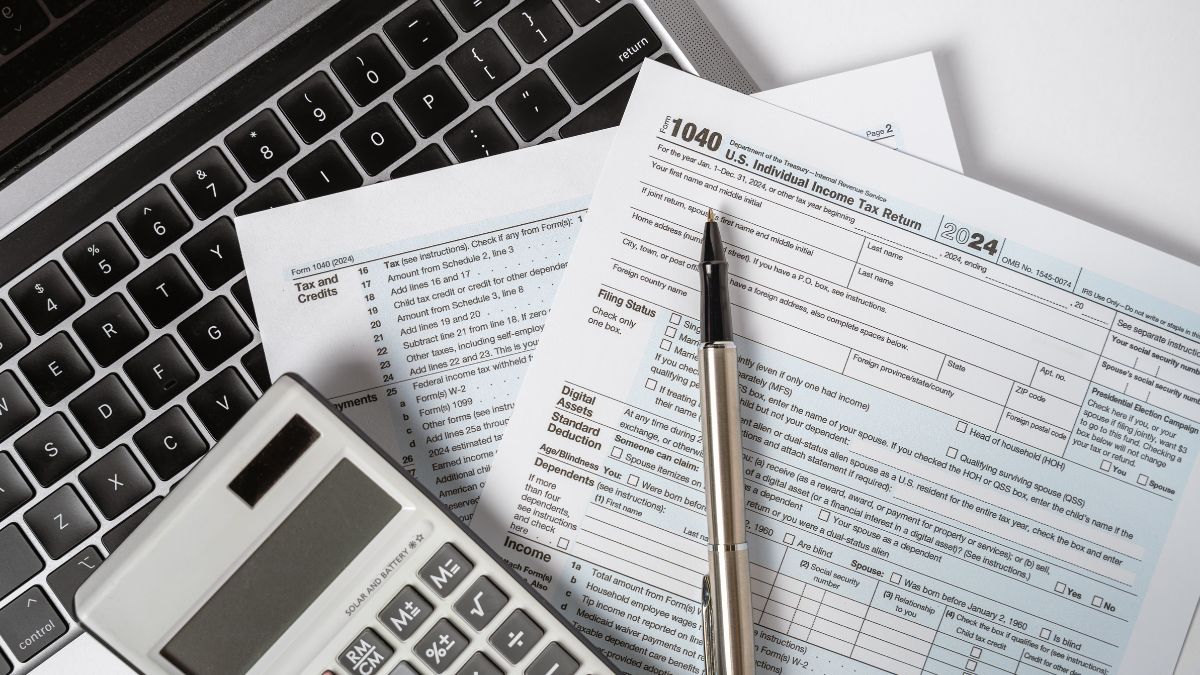The MATH Act Just Dropped—Here’s the Game-Changer That Could Save Your Tax Mistakes Before It’s Too Late!
Filing taxes—oh, the dreaded annual ritual that somehow feels like deciphering an ancient script while juggling flaming dumbbells. We all know the drill: endless forms, tiny boxes to check, and that sneaky fear of making a math mistake that could cost you serious cash and time wrestling with the IRS. But what if I told you the game might be changing? Enter the Internal Revenue Service Math and Taxpayer Help Act—IRS MATH Act for short—a new lifeline Congress just put on the table to help us all cut through the confusion. Imagine getting clear, detailed notices about exactly where you went wrong on your return, why it’s an issue, and how to fix it without dialing up an army of lawyers or drowning in paperwork. Intrigued? Me too. This could be a total game changer for the 2026 tax season and beyond. Ready to unpack how this fresh legislation might just save your sanity (and wallet)? LEARN MORE.
Filing taxes is never fun—and with all the forms to review and boxes to check, it’s easy to miss one or accidentally put down incorrect information. But that lead to trouble with the Internal Revenue Service (IRS), which can end up costing filers a lot of money and time. That could all change now that Congress has voted to approve the Internal Revenue Service Math and Taxpayer Help Act, or IRS MATH Act, which will make it easier for filers to understand and fix their mistakes. Below, we share everything you need to know about this new piece of legislation, including how it can help you during the 2026 tax season.
What to know about the Internal Revenue Service Math and Taxpayer Help Act
The Internal Revenue Service Math and Taxpayer Help Act was passed by the House of Representatives and the Senate earlier this month. Now, the IRS has the ability to notify filers with math or clerical mistakes on their tax returns in a much more detailed manner.
Under the MATCH Act, taxpayers will be notified where the error is, why it’s incorrect and what the IRS wants them to fix. They’ll also receive a clear deadline for when the error needs to be corrected and they’ll get a phone number to call if they have questions. This is a major change from past IRS error notices, which simply told filers their taxes were incorrect and gave them 60 days to fix the problem—without explaining what was wrong or where to find it.
“No one should have to spend a fortune on a lawyer or hours trying to figure out what went wrong on their taxes when the IRS already knows the answer,” Massachusetts senator Elizabeth Warren said in a statement. “Our bill is a common-sense bipartisan solution to protect taxpayers and help put more money in their pockets.”

Currently, the IRS MATH Act is with President Donald Trump, who will either sign it into law or veto it. There is no word on which way he’s leaning or when he is expected to make a decision.
“The IRS Math and Taxpayer Help Act represents common-sense reform that enhances IRS operations and improves the taxpayer experience. This new law directly addresses longstanding issues with how the IRS communicates and resolves mathematical or clerical errors on tax returns,” Melanie Lauridsen, vice president of tax policy and advocacy with the American Institute of Certified Public Accountants, said in a statement on Wednesday. “By expanding access to abatement procedures and establishing a pilot program for better communication, this law provides greater fairness and due process, reduces confusion and stress and offers taxpayers improved access to remedies.”
Other tax changes expected in 2026
In addition to the IRS MATH Act, there are quite a few other changes happening to taxes in 2026. This includes new tax brackets. According to the IRS, “the standard deduction increases to $32,200 for married couples filing jointly. For single taxpayers and married individuals filing separately, the standard deduction rises to $16,100 for tax year 2026 and for heads of households, the standard deduction will be $24,150.”
“Additionally, for tax year 2025, the OBBB [One Big Beautiful Bill] raises the standard deduction amount to $31,500 for married couples filing jointly,” the government organization continued. “For single taxpayers and married individuals filing separately, the standard deduction for 2025 is $15,750 and for heads of households, the standard deduction is $23,625.”

Along with that, a new analysis from Oxford Economics says filers may be getting larger refunds in 2026 thanks to the One Big Beautiful Bill.
“[M]any taxpayers will pay too much in tax this year and see larger tax refunds or smaller tax bills next year than otherwise would be the case,” Nancy Vanden Houten, one of the lead economists on the study explained to CBS News.



















Post Comment